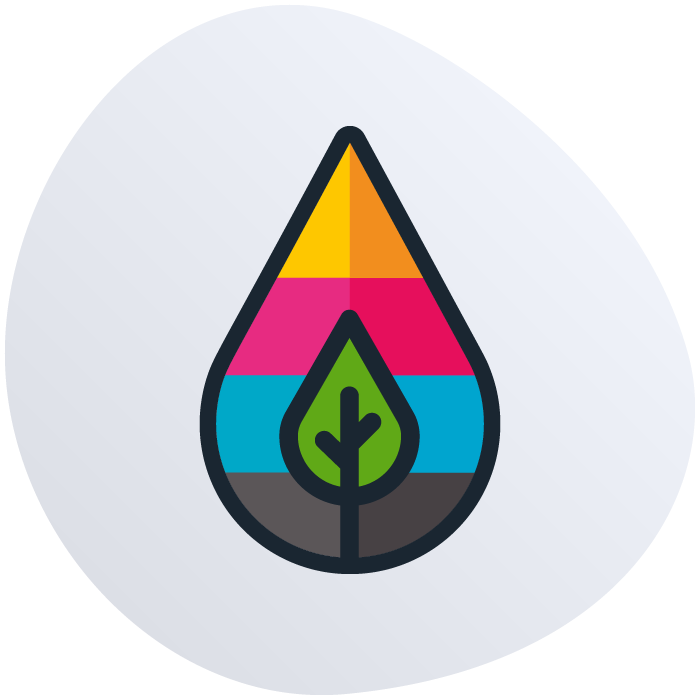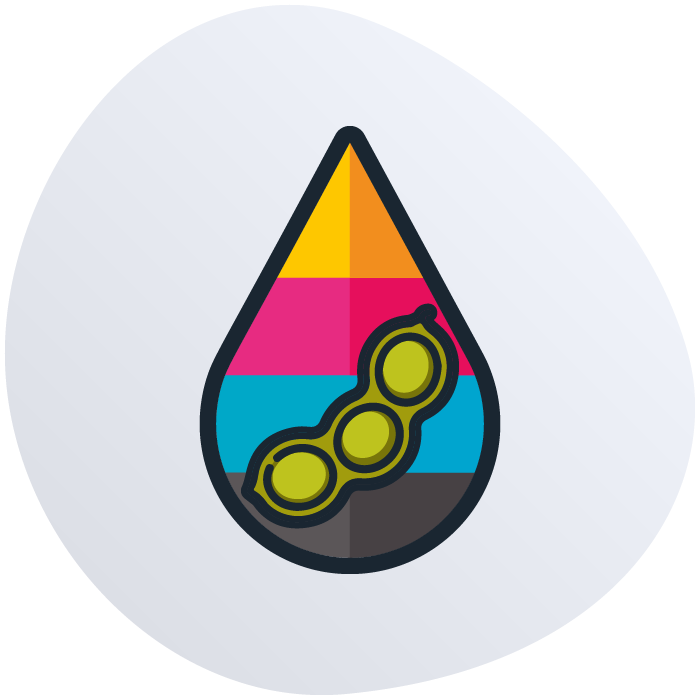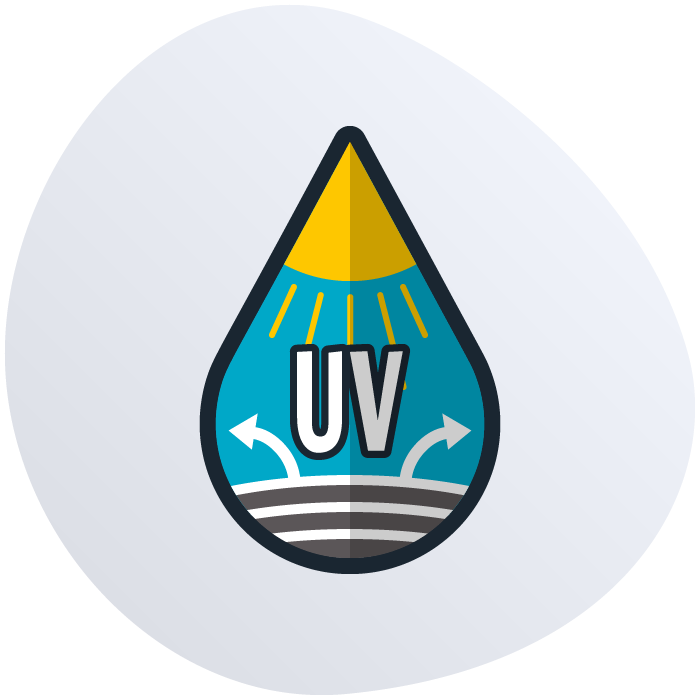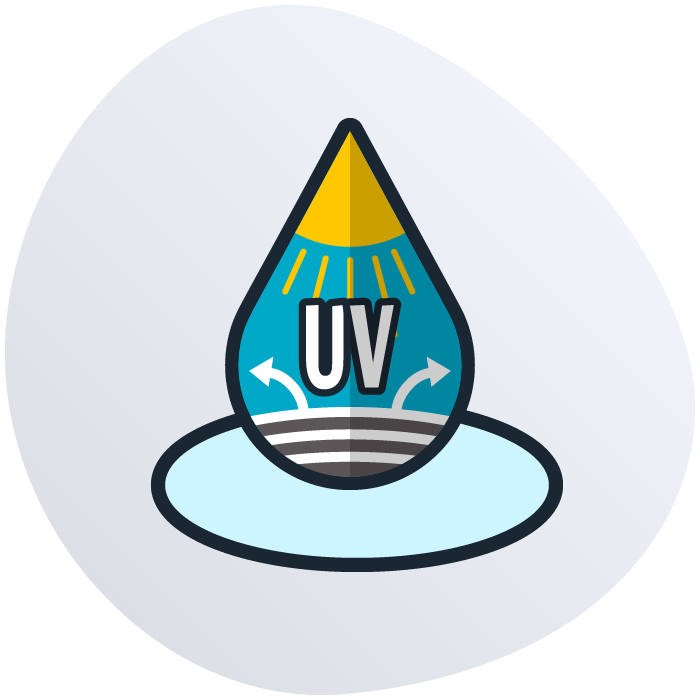
Inks
Our Inks
Browse our ink options to see what suits your business needs and enviromental ethics

Vegetable-based Inks
With less VOCs and IPA solvents, these inks are perhaps the best option now available. Easy to clean and de-ink, the printed product is much easier to recycle than traditional petroleum products. Printing presses using this ink can be cleaned with water, replacing the solvents normally used. Some ingredients contained range from corn, linseed, cottonseed or flaxseed oil, although in some cases traces of petroleum are used.

Soy-based Inks
As with vegetable-based ink, this ink is also agriculturally based. With less VOC that standard ink, it can sometimes be difficult to trace the ingredients. It may happen that industry producers label inks containing 1% soy oil as soy-based inks.

UV Inks
Typically using less solvent than petroleum ink, this type of ink contains limited amounts of VOCs, and is from a non-renewable source. With a quick drying-time, they reduce energy usage from drying lamps.

Aqueous Coating
Available in a variety of forms such as gloss, dull, or a satin finish, aqueous coating is applied at the top of a printed price to avoid smudging ink. Invisible to see, it is a water-based lacquer coating and considered the best choice in terms of environmental impact. Printing using this finishing technique can still be recycled and emits no harmful byproduct. In addition cleanup requires no toxic detergents and dries quickly with less energy consumption. It’s cost effective and environmentally friendly.

UV Coating
Applied like ink on paper and dried by UV lights, it can be used over the whole printed product or on specific areas of the piece. With no toxic by product emissions, it does however require chemicals in its cleanup process and needs high-energy drying lamps. The ability to recycle the final product can be limited with heave UV coverage, and could contaminate the pulp.

Varnish
Coming in gloss, dull or a satin finish, this coating is highly durable and easily recyclable. The process does however emit VOCs during the coating process.

Lamination
Waterproof, washable and tear-proof, lamination comes in two types: liquid and film. Liquid laminate is applied like a varnish and dried similarly. For film laminates, the printed product if sealed between two layers of plastic film sealed with adhesive and dried with heat. VOCs are emitted during the lamination process, and due to the plastic component the product cannot be recycled. Avoiding petroleum based inks and coatings are best due to the VOCs emitted.
